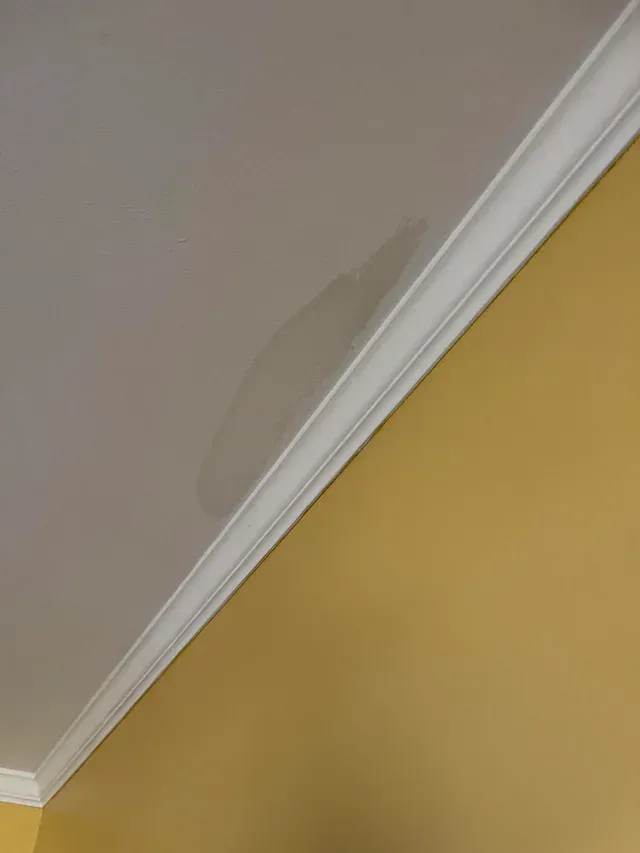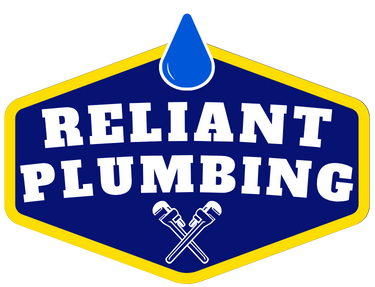
What a Leak in Your Ceiling Really Means (and What to Do About It)
A stained ceiling could be more than just cosmetic—it could be a hidden plumbing problem. Here’s what to know and how to respond.

Introduction
You’re sitting at home in Cambridge when you notice a water stain on your ceiling, or worse—a slow drip. What do you do? Is it the roof? Is there a pipe leak? Is it serious?
Ceiling leaks are a red flag that shouldn’t be ignored. Even if the dripping stops or the stain dries, the problem may be lurking above—ready to cause structural damage, mold growth, or more costly repairs.
In this article, we’ll cover what a ceiling leak could mean, common plumbing-related causes, how to trace the source, and what to do next.
1. First Things First: Don’t Panic, But Don’t Wait 🚨
A ceiling leak is a symptom, not the source. It usually means water is collecting somewhere above the ceiling and finally pushing through. It’s important to act quickly to limit damage and prevent mold.
Here’s what you should do right away:
- Place a bucket or bowl under the drip
- Gently poke a hole in the ceiling if water is pooling—this controls the flow
- Turn off the water supply if you suspect it’s a plumbing issue
- Call a licensed plumber to investigate
2. Common Plumbing Causes of Ceiling Leaks 🛁
Ceiling leaks in Cambridge homes—especially in multi-storey houses—are often caused by plumbing located above the ceiling.
Here are the top culprits:
🔹 Leaky Bathroom Fixtures
- Toilets, tubs, or sinks upstairs with failed seals or gaskets
- Leaks in tile grout or around tub edges
- Overflowing tubs or toilets
🔹 Burst or Cracked Water Pipes
- Pipe freezing in the winter
- Corroded or old copper/iron plumbing
- Sudden pipe failure from pressure or shifting
🔹 Drain Line Leaks
- Often slow and hidden—cause stains before they drip
- May come from faulty shower pans or sink drains
🔹 HVAC or Appliance Leaks
- Leaking humidifiers or AC condensation lines
- Overflowing washer or dishwasher lines nearby
Not sure if it’s plumbing or your roof? If it leaks after a shower, toilet flush, or running tap, it’s almost certainly a plumbing issue.
3. Signs the Leak Is Plumbing-Related 🕵️
Look out for these clues:
- Leak only appears when using water (shower, washing machine, etc.)
- The stain is below a bathroom, kitchen, or laundry area
- Dripping water is clear or smells clean (vs. dirty or musty rainwater)
- Recurring damp spots even when there’s no rain
4. What Happens If You Ignore It ❌
Ceiling leaks, even small ones, can cause serious issues over time:
- Structural rot in ceiling joists and drywall
- Mold and mildew growth
- Staining and damage to paint, fixtures, and insulation
- Higher repair costs the longer it goes unchecked
If you're planning to sell your home, inspectors will flag ceiling stains—and buyers may assume the worst.
5. What Your Plumber Will Do 🧰
A licensed plumber will:
- Inspect visible signs of water damage
- Trace the source by testing nearby fixtures and supply lines
- Use tools like moisture meters, thermal imaging, or borescopes to pinpoint the problem
- Open up the ceiling if needed to confirm and access the leak
- Repair or replace the leaking pipe, seal, or fixture
- Test for additional moisture or mold before closing things back up
In many cases, early detection allows for a fast fix without major demolition.
6. Preventing Ceiling Leaks in the Future 🔒
To avoid a repeat leak:
- Check upstairs bathrooms and laundry rooms regularly
- Use quality caulking and seals around tubs and sinks
- Replace old or corroded pipes proactively
- Insulate plumbing to prevent freezing
- Install water alarms or sensors under suspect areas
Preventative plumbing maintenance can stop ceiling leaks before they start.
Final Thoughts
If you see a water stain, bubbling paint, or hear a drip from your ceiling—don’t ignore it. These are signs of water intrusion that may be coming from your home’s plumbing system. Whether it’s a slow drip or a sudden burst, a leak from above could cost you much more if left untreated.
The safest bet? Call in a professional plumber to find the source fast, fix it right, and help protect your home from further damage.
